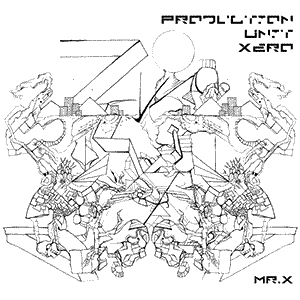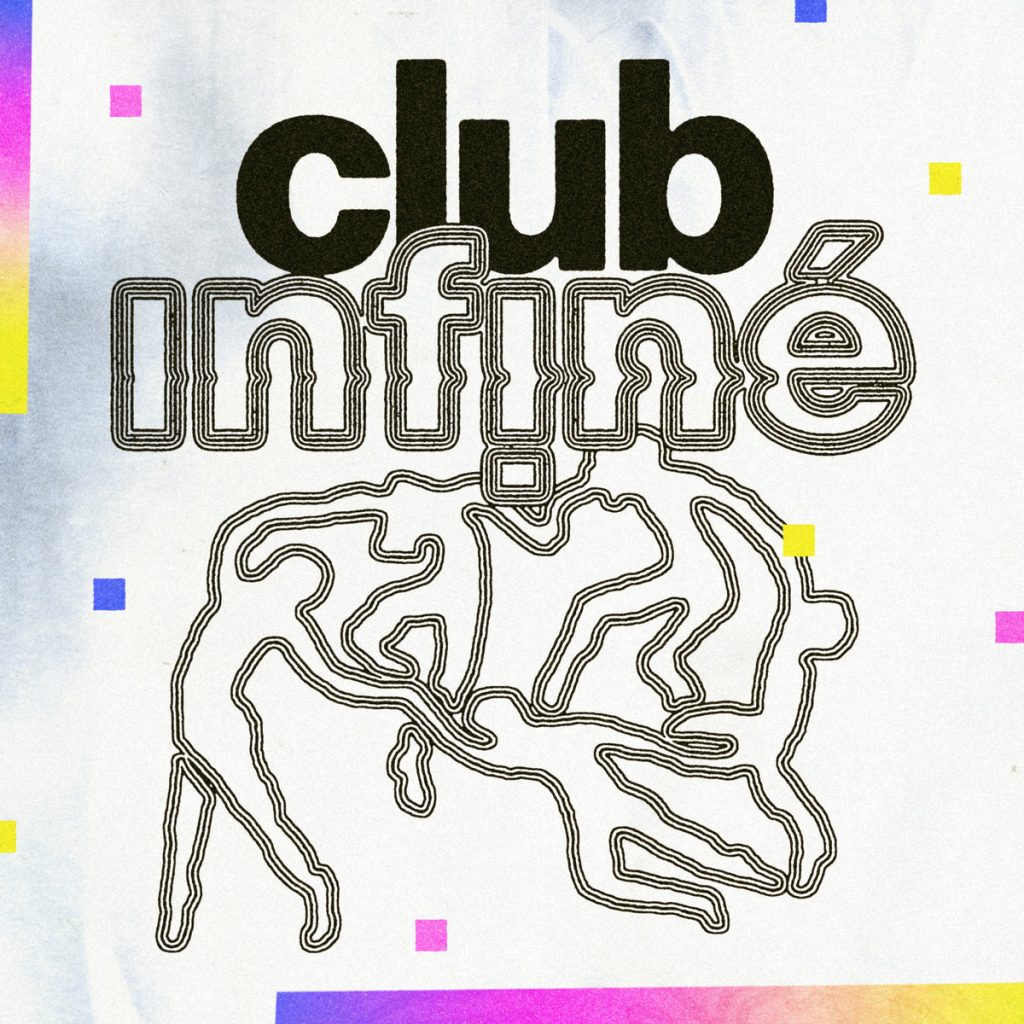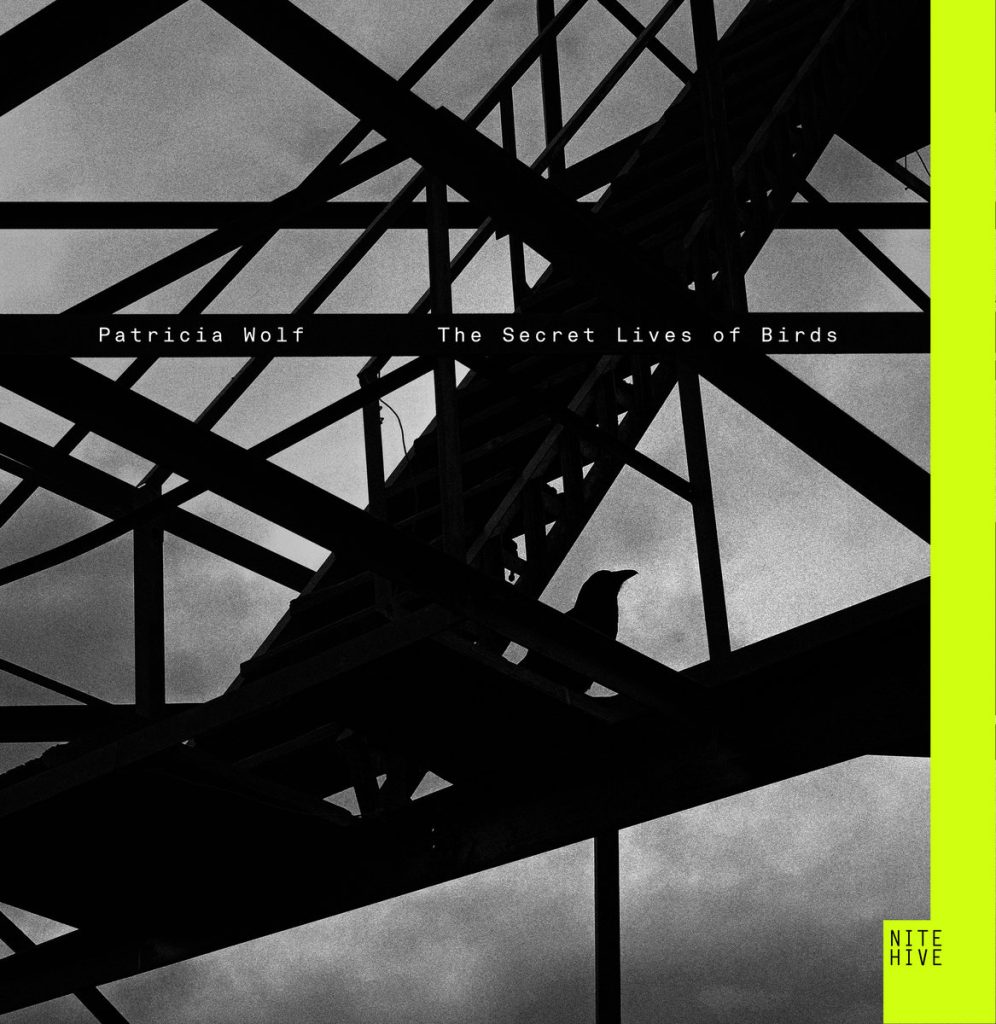What is Plunderphonics?
Introduction:
Plunderphonics is an experimental music genre where artists utilize samples from other recordings to craft new compositions. The term was coined by Canadian composer John Oswald in 1985 in his essay “Plunderphonics, or Audio Piracy as a Compositional Prerogative”. The word “plunder” references the act of taking and repurposing, while “phonics” relates to sound; together, they encapsulate the essence of the genre: reimagining and recontextualizing existing sounds to produce something entirely new.
Characteristics of Plunderphonics:
- Sampling as a Primary Tool: Unlike other genres where sampling might be used sparingly, in plunderphonics, samples are the primary building blocks. The art lies in how these borrowed materials are transformed and combined.
- Transformation of Samples: The raw materials—samples from existing songs—are often manipulated significantly. This can include changing pitch, altering speed, reversing, and applying various effects. The goal is often to render the original unrecognizable, although this isn’t a strict rule.
- Diverse Sound Sources: From vintage records to radio broadcasts, from classical music to rock, anything and everything is fair game in plunderphonics. The more diverse the source materials, the richer and more unexpected the resulting composition can be.
- Aesthetic and Ethical Statement: Plunderphonics isn’t just about the music. It’s also a statement on copyright laws, ownership, and the nature of creativity. By repurposing existing recordings, artists challenge conventional notions of originality and authorship.
Notable Artists and Essential Albums:
- John Oswald: As the progenitor of the term, Oswald’s work in plunderphonics is foundational. His album “Plunderphonics” released in 1989, comprised of reworkings of tracks from artists like Michael Jackson and Dolly Parton, serves as a manifesto of the genre. Due to the very nature of the genre, this album faced copyright issues and had a limited release.
- Negativland: This experimental band, active since the late 1970s, has been at the forefront of sound collage and culture jamming. Their controversial 1991 track “U2” led to a legal dispute with the band U2’s label. Their album “Escape from Noise” is a classic, blending samples from diverse sources into unique soundscapes.
- The Avalanches: While they might lean more towards the mainstream, The Avalanches are noteworthy for their masterful use of sampling. Their debut album “Since I Left You” is a tapestry woven from over 3,500 individual samples, ranging from forgotten records of the ’60s to nature sounds. It’s a landmark in sample-based music.
- People Like Us (Vicki Bennett): An influential figure in the UK’s plunderphonic scene, Vicki Bennett, under her moniker People Like Us, creates captivating sound collages. “Welcome Abroad” is a fine example of her intricate work, where diverse samples converge into a coherent narrative.
- DJ Shadow: His seminal album, “Endtroducing…..”, is often cited as a masterclass in sampling. While DJ Shadow may not be a plunderphonics artist in the strictest sense, the ethos of building new narratives from old sounds is deeply ingrained in his work.
Legacy and Impact:
Plunderphonics has always been more than just a genre; it’s an exploration of what music can be when freed from traditional constraints. It challenges the boundary between originality and derivation, between creation and recreation. In doing so, it has spurred debates about copyright laws, especially in the digital age where sampling has become ubiquitous.
Beyond its philosophical and ethical dimensions, plunderphonics has influenced a host of other genres, from hip-hop with its rich tradition of sampling to vaporwave, which similarly repurposes existing tracks, often to create a sense of nostalgia.
In essence, plunderphonics, through its innovative and often controversial approach, forces both artists and listeners to reconsider what it means to create. In a world inundated with content, it raises the question: is creation always about making something wholly new, or can there be profound artistry in reimagining the old?




